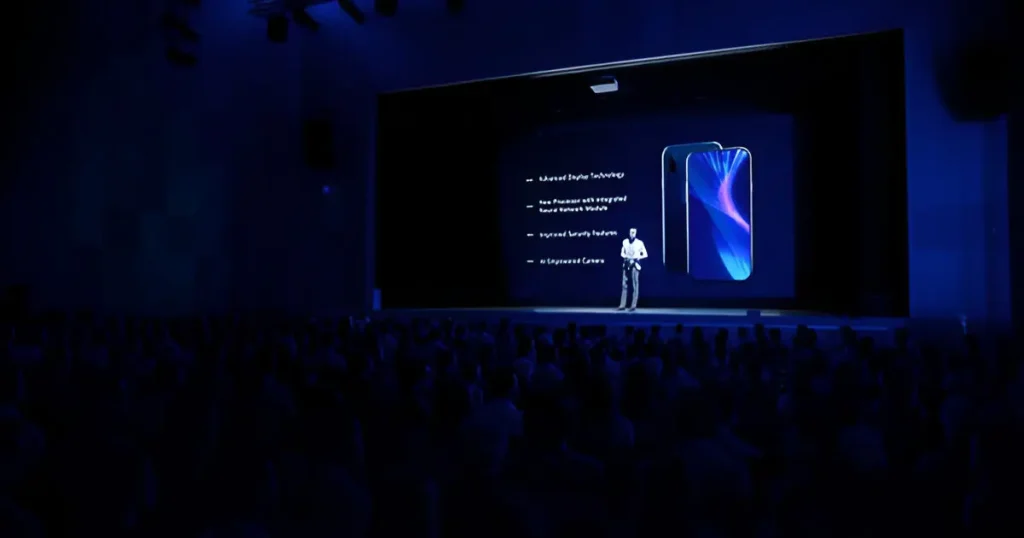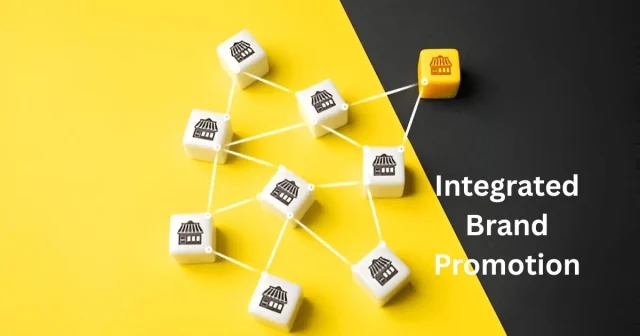Integrated brand promotion is more than just running ads — it’s about delivering a consistent, memorable brand message across every touchpoint. In today’s competitive market, businesses that master integrated promotion build stronger trust, deeper customer relationships, and long-term success.
Stay with us, we’ll break down what integrated brand promotion means, why it matters, and practical strategies you can use to align your marketing channels, boost awareness, and grow your brand sustainably.
What Is Integrated Brand Promotion (IBP)?
Integrated Brand Promotion, or IBP, is the strategic process of coordinating and integrating various brand promotion activities so that they communicate with one voice, tell a consistent story, and create a positive perception about your brand.
Put plainly, it’s about making sure that every interaction every customer has with your brand is being told the same story wherever that interaction takes place.
The Most Important Parts of IBP Are:
- Consistency: Creating a singular message across all channels.
- Cohesion: Make visuals, tone, and messaging consistent with your brand.
- Coordination: Coordinating efforts between different teams or agencies to ensure that campaigns do not work in silos.
Success Stories of IBP in Action
- Coca-Cola’s “Share a Coke” Campaign: Coca-Cola replaced its brand name on bottles with popular first names, and the TV commercials, hashtags on social, and in-store packaging were all aligned for a unified message that consumers could take as their own.
- Nike’s “Just Do It”: For decades, Nike has been consistent with this message in TV ads, digital, activist sponsorships, and influencer partnerships, making this one of the leading examples of brand alignment.
Why Integrated Brand Promotion Matters

1. Builds Trust and Credibility
People trust consistency. When your messaging, tone, and visuals aren’t consistent across different channels, it leads to confusion and trust reduction. IBP offers a securely recognized brand image so that your customers will continue to have confidence and believe in what you sell.
2. Enhances Brand Recognition
When you reinforce the same concepts and imagery in multiple forms, the public gets to know your brand a little more. This repetition is instrumental in building strong brand recall.
3. Improves Marketing ROI
Rather than running sporadic ads here and there, you implement a long-term strategy that drives traffic to your site. That translates to less waste and more bang for the buck.
4. Deepens Emotional Attachment
When your brand’s IBP strategy appeals to your audiences’ value systems and desires in every context, it’s building a deeper emotional connection. Emotional relationships drive brand loyalty.
5 Things a Winning Integrated Brand Promotion Strategy Should Do
1. Define Your Core Message
A well-crafted, compelling brand message is at the core of every inbound marketing strategy. If your brand only had one thing you could tell your audience, what would it be?
Pro Tip: Come up with a strong tagline or theme that can act as a north star. Example: Airbnb’s “Belong Anywhere” speaks broadly to everyone.
2. Know Your Ideal Customer
- What do they value most?
- Where do they get their media (social, email, TV, etc.)?
- What challenges can your product help solve for them?
Once you have this clarity, develop messaging and select platforms that meet their expectations.
3. Select a Channel Mix that Suits You Best
Each platform has its uses, so your campaign needs to take advantage of all:
- Social Media: Perfect for engagement and community building.
- Content Marketing: Blog posts and videos to nurture leads.
- Email Marketing: Stay in touch with custom offers.
- Traditional Media (TV, Radio): Build awareness and credibility.
Note: Channels should support, not mimic, each other.
4. Maintain Visual and Tone Consistency
Consistency is the heart of IBP. Maintain it by reusing branding elements across all platforms:
- Logo: Use it on every platform.
- Color Palette: Stick with your brand colors.
- Voice: Keep a consistent tone—whether friendly, authoritative, or playful.
Example: A sustainability campaign should use earthy colors, eco-friendly visuals, and relevant messaging across every channel.
5. Monitor Campaign Performance and Optimize It
Track campaign performance to:
- Understand what is resonating with your audience.
- Identify underperforming channels and why.
- Maintain and refine consistent messaging.
This real-time flexibility and data-driven approach enhance overall performance.
Common IBP Challenges (And How to Solve Them)
1. Aligning Teams Across Channels
Solution: Create a joint campaign brief with goals, key messages, and roles for collaboration.
2. Maintaining Brand Consistency
Solution: Build and distribute comprehensive Branding Guidelines covering logos, colors, fonts, and messaging.
3. Quantifying Campaign Success
Solution: Use UTM parameters and analytics platforms to track engagement and ROI, and make real-time adjustments.
Top Integrated Brand Promotion Campaign Examples

Apple’s Product Launches
From trailers to launch events and retail displays, Apple’s integration touches every brand channel in sync with their identity.
Old Spice’s “Smell Like a Man, Man”
TV, YouTube, social media, and print all combined to resurrect the Old Spice brand with unified humor and tone.
Conclusion
A clear, consistent marketing message is essential. IBP enables your brand to deliver trust, recognition, and ROI across all touchpoints.
For companies looking to break through the noise, IBP isn’t just a strategy—it’s your key to building long-term, meaningful customer relationships.
Start creating your IBP strategy today and unlock your brand’s full potential.




